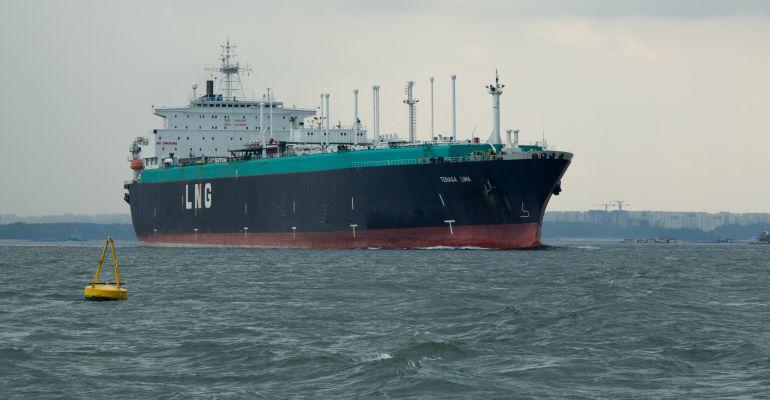According to Oslo-based analyst, Rystad Energy, this adds more than 12 days to voyages each way at a speed of 16 knots. This would require 15-20 vessels to ship the same volume of gas this year as last.
So far, however, there is plenty of gas in European storage and upward pressure on gas prices is unlikely before stocks have been drawn down to some extent, the experts said. And it will take a rise in LNG prices to boost charter rates which have been falling since the New Year.
Spot rates have drifted downwards and look set to continue weakening with the volume of deliveries. Rystad estimates that rates for a standard two-stroke vessel have fallen by about 23% this month.
The LNG fleet is set to grow by 70-plus vessels this year, expanding the fleet by more than 10%. LNG production will grow by only 3%.
The peril to ships transiting the Red Sea has risen dramatically as Houthi rebels based in Yemen have taken pot-shots at commercial vessels. The US and UK response, with military action, looks likely to prolong hostilities and the US has admitted that Houthi militants are unlikely to cease attacks for as long as the conflict in Gaza continues.
The impact for LNG owners is uncertain. Much will depend on the scale and speed of European LNG stock drawdown in the days ahead … and whether a softer market can absorb a record delivery volume, with one LNG carrier delivering on average every six days this year.
Copyright © 2024. All rights reserved. Seatrade, a trading name of Informa Markets (UK) Limited.
Add Seatrade Maritime News to your Google News feed.  |

